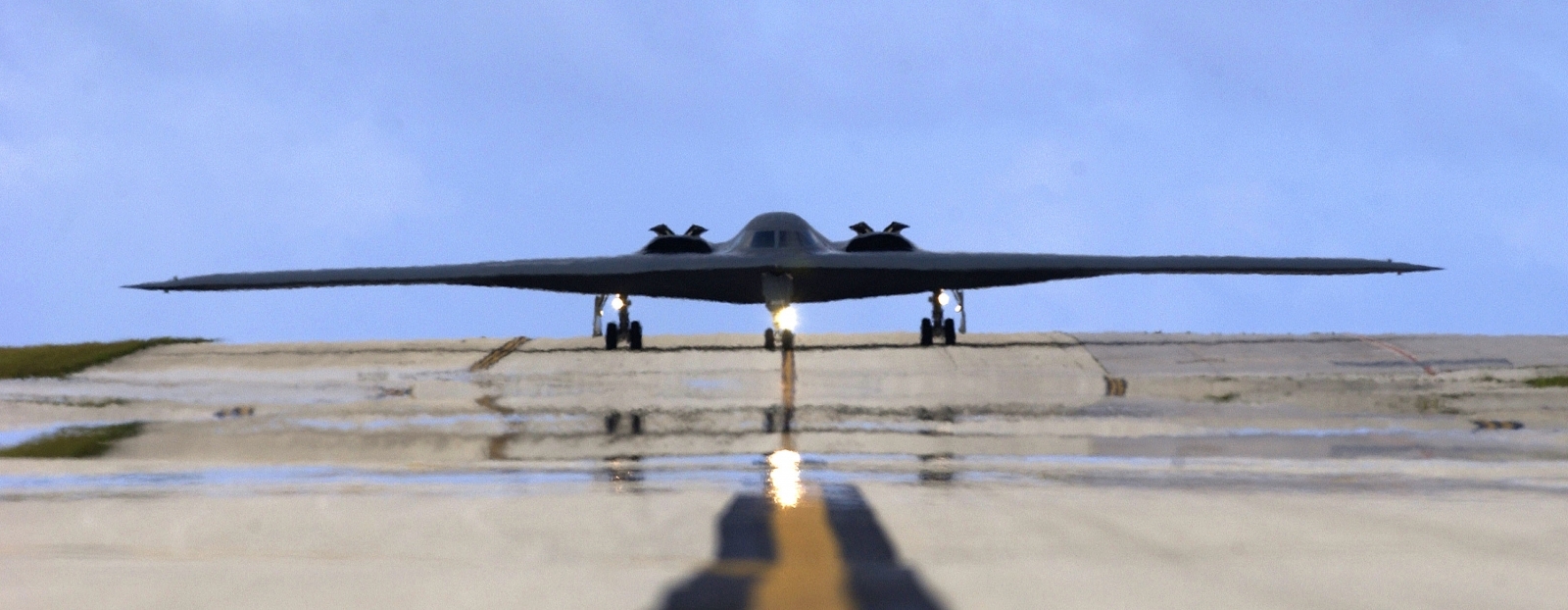What can China's new ghost spy satellite do? Beijing could track US B-2 stealth bombers from space
Experts reportedly say that the new spy satellite has been designed to track "invisibles" such as stealth aircrafts and warships.
China is reportedly racing to develop an entirely new kind of spy satellite that will be able to spot and track targets from space that are currently invisible to even the most advanced radar satellites. The new spy satellite will reportedly be developed using ghost quantum imaging, which experts say will allow Beijing to track stealth aircraft and warships, including the US B-2 Spirit stealth bomber.
The new satellite is expected to completely revolutionise warfare, according to scientists involved in the project. The satellite will reportedly be equipped with two cameras and a quantum sensor, allowing it to spot any target illuminated by any light source like the sun, the moon or even a light bulb. The satellite will also be able to identify and monitor stealth bombers such as B-2s taking off at night.
The South China Morning Post reported that quantum ghost imaging can attain unprecedented sensitivity as it can identify even the most minute amounts of light from a dim target. The technology can also spot a target's interactions with light in surrounding areas.
China's ghost spy satellite could also track US B-2 stealth bombers
The Northrop Grumman B-2 Spirit, used by American military, has been specifically designed to avoid detection by space-based radar satellites. The aircraft reportedly has a special coating and comes equipped with heat-suppression technology to elude infrared sensors.
However, according to Gong Wenlin, research director at the Key Laboratory for Quantum Optics, Chinese Academy of Sciences in Shanghai, the new satellite has been specifically designed to track "invisibles" such as the B-2s. Gong's team is currently working on the prototype ghost imaging device for Beijing's satellite missions.




The researcher added that his lab would complete building a prototype by 2020, with the aim of testing the technology in space by 2025.
"A ghost imaging satellite will reveal more details than the most advanced radar satellite," Gong reportedly said, adding that darkness, cloud, haze and elements that normally impair visibility would no longer be an issue.
According to Gong, the images produced by the ghost spy satellite would also look "more natural" than black-and-white radar images. The researcher added that the cameras on the satellite would be able to distinguish the physical and chemical nature of a target.
According to Xiong Jun, a professor of physics who studied quantum optics at Beijing Normal University, quantum ghost imaging could be a game changer for military missions, the South China Morning Post reported.
"The theory of ghost imaging has been well established and understood," Xiong said. "The speed of application very much depends on the government and the amount of money it's willing to spend."
China has been rapidly expanding its military technology. Last year, Beijing tested its DF-21 missiles, designed to take down aircraft carriers at sea. The medium-range missile can reportedly be equipped with either a high-explosive warhead or even a 200-300 kiloton nulcear warhead, and is believed to be able to hit targets as far off as Japan and India.
Beijing's recent strides in war tech indicates an increased desire to dominate the emerging field of advanced warfare.






















